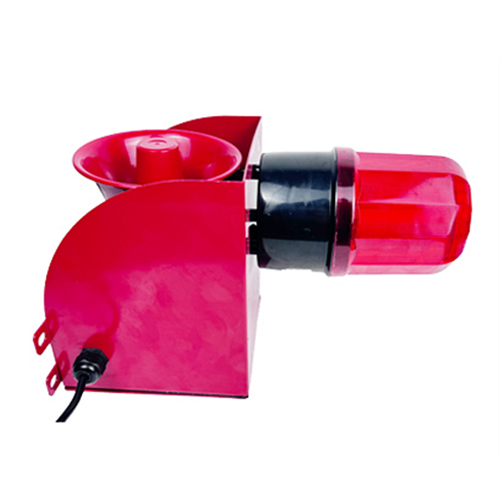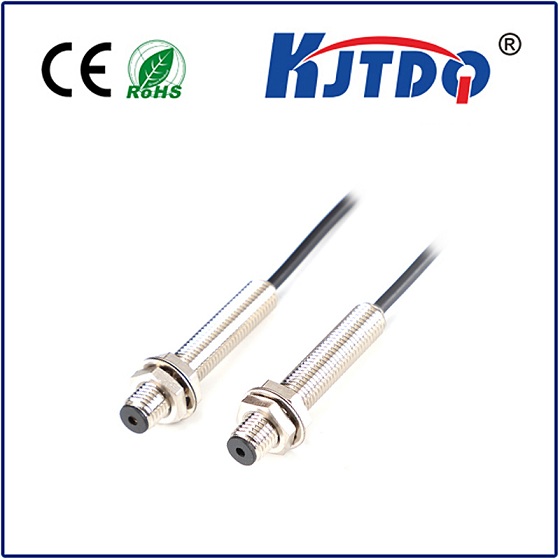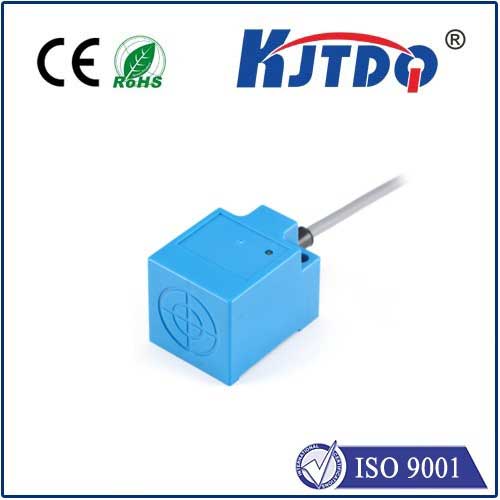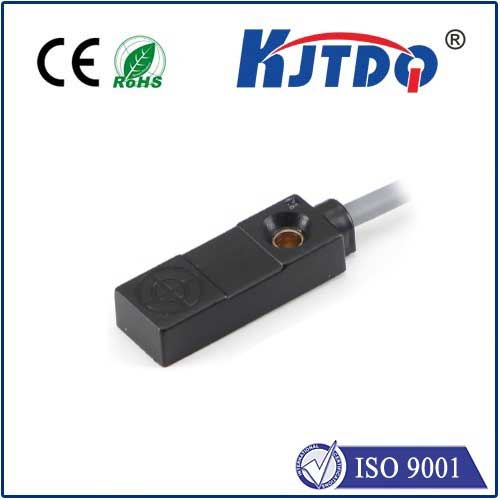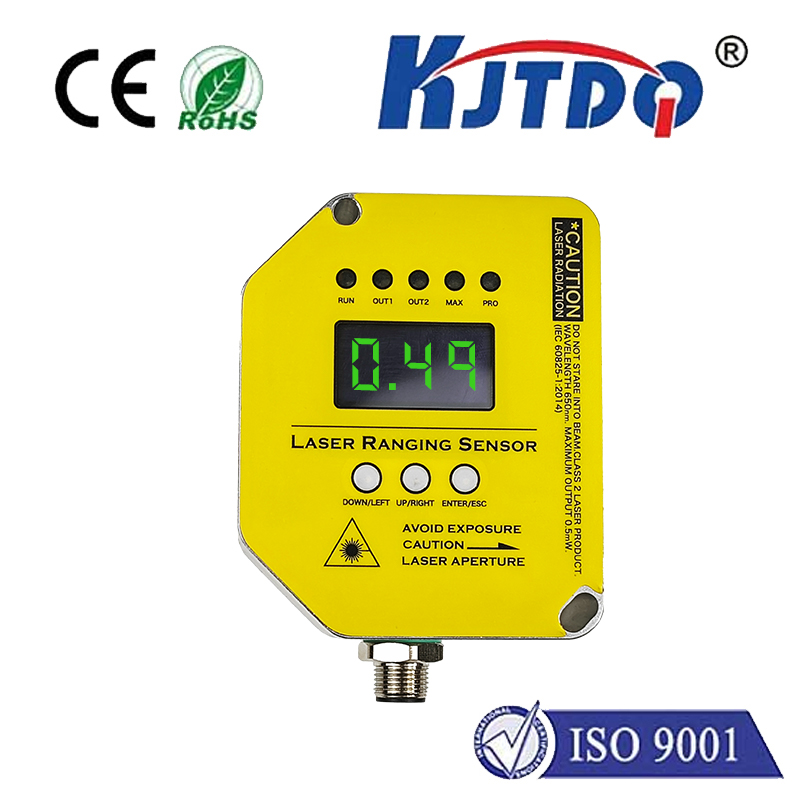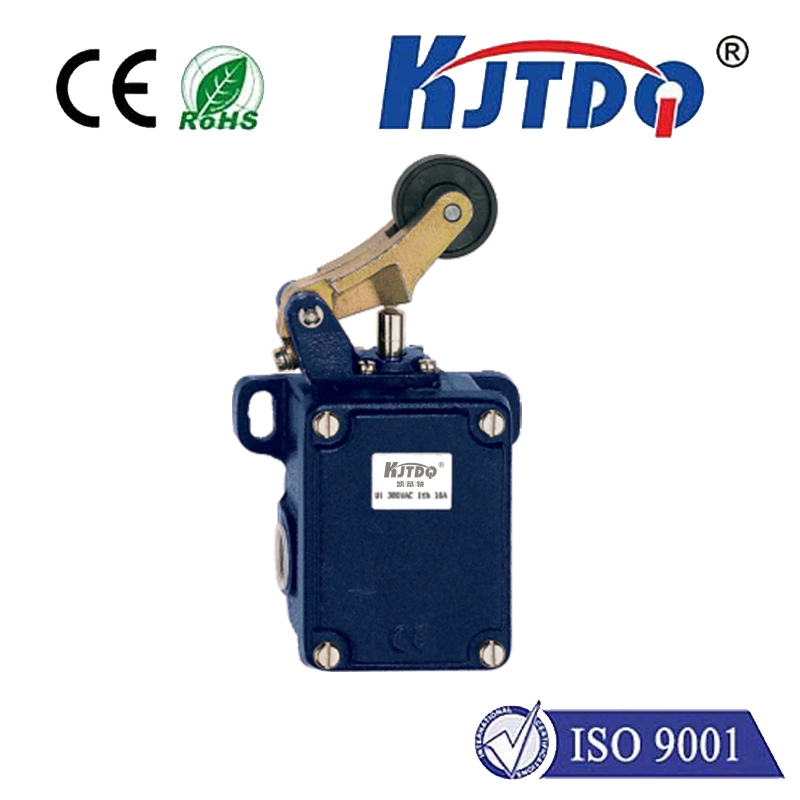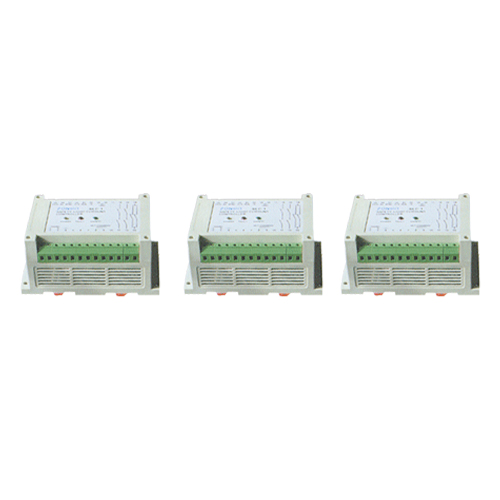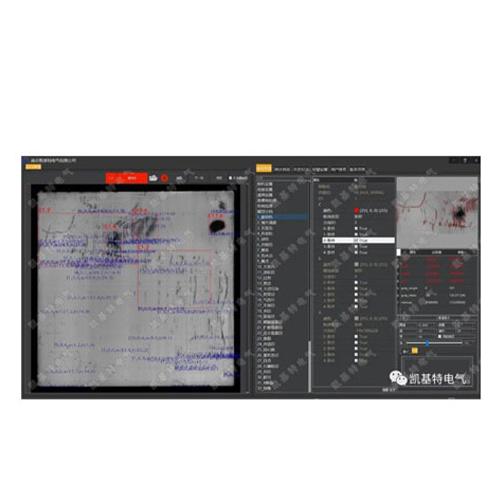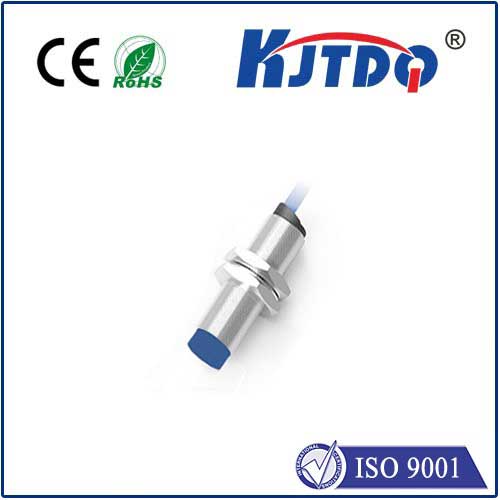laser distance sensor 100m
- time:2024-10-19 02:13:26
- Click:0

Laser Distance Sensor: Unleashing the Power of 100m Range
In today’s fast-paced world, technology continues to evolve at an unprecedented rate. One such advancement is the development of laser distance sensors with a range of up to 100 meters. This innovative device has revolutionized the way we measure distances and opened up new possibilities in various industries. In this article, we will delve into the features, benefits, and applications of laser distance sensors with a range of 100 meters.
Features of Laser Distance Sensors with a Range of 100 Meters
Laser distance sensors with a range of 100 meters boast several impressive features that make them stand out from traditional measuring tools.
- High Accuracy: These sensors offer unparalleled accuracy, making them ideal for use in precise measurements and inspections. They can measure distances with an error margin of less than 1 mm, ensuring reliable results.
- Long-Range Capability: As the name suggests, these sensors have a maximum range of 100 meters, allowing users to measure large objects or areas without the need for multiple readings or complex calculations.
- Non-Contact Measurement: Unlike traditional measuring tools that require physical contact with the object being measured, laser distance sensors operate remotely, eliminating the risk of damage or contamination to delicate surfaces.
- Fast Response Time: With a response time of just a few milliseconds, these sensors provide instant feedback, enabling users to quickly take action based on their measurements.
- Versatile Applications: Laser distance sensors are suitable for use in a wide range of industries, including construction, manufacturing, robotics, and agriculture, among others. Their adaptability makes them a valuable tool for professionals in various fields.
Benefits of Using Laser Distance Sensors with a Range of 100 Meters
The adoption of laser distance sensors with a range of 100 meters offers numerous advantages over traditional measuring methods. Some of the key benefits include:
- Improved Productivity: The ability to measure large distances quickly and accurately saves time and resources, leading to increased productivity and efficiency in any given project or task.
- Cost Savings: By reducing the need for manual labor and minimizing errors caused by human factors, these sensors help businesses save money in the long run.
- Safety: Non-contact measurement eliminates the risks associated with climbing ladders or scaffolding to take measurements, protecting workers from potential injuries and falls.
- Environmental Sustainability: By using less energy and reducing waste through more efficient processes, laser distance sensors contribute to a greener environment and promote sustainable practices within industries.
Applications of Laser Distance Sensors with a Range of 100 Meters
The flexibility and precision offered by laser distance sensors with a range of 100 meters make them suitable for a wide variety of applications across different sectors. Some common uses include:
- Construction Management: From measuring building heights to monitoring structural deformations, these sensors streamline site management tasks and ensure compliance with safety standards.
- Industrial Automation: In manufacturing plants, these sensors facilitate automated quality control processes by accurately measuring dimensions and detecting defects in real-time.
- Robotics Research: Researchers rely on these sensors to develop advanced navigation systems for robots, enabling them to explore unknown environments autonomously and safely.
- Precision Agriculture: Farmers utilize these sensors to measure crop height and monitor growth rates, allowing them to optimize resource allocation and improve crop yields.
- Surveying and Landscaping Design: Professional surveyors employ laser distance sensors to create accurate topographic maps and design landscaping projects that align with natural contours and elevations.
In conclusion, laser distance sensors with a range of 100 meters represent a significant technological breakthrough that has transformed the way we measure distances and perform various tasks across different industries. Their high accuracy, long-range capability, non-contact measurement feature, fast response time, and versatility make them an indispensable tool for professionals seeking efficiency, safety, and sustainability in their work. As technology continues to advance, we can expect even more innovative applications for these remarkable devices in the future.












